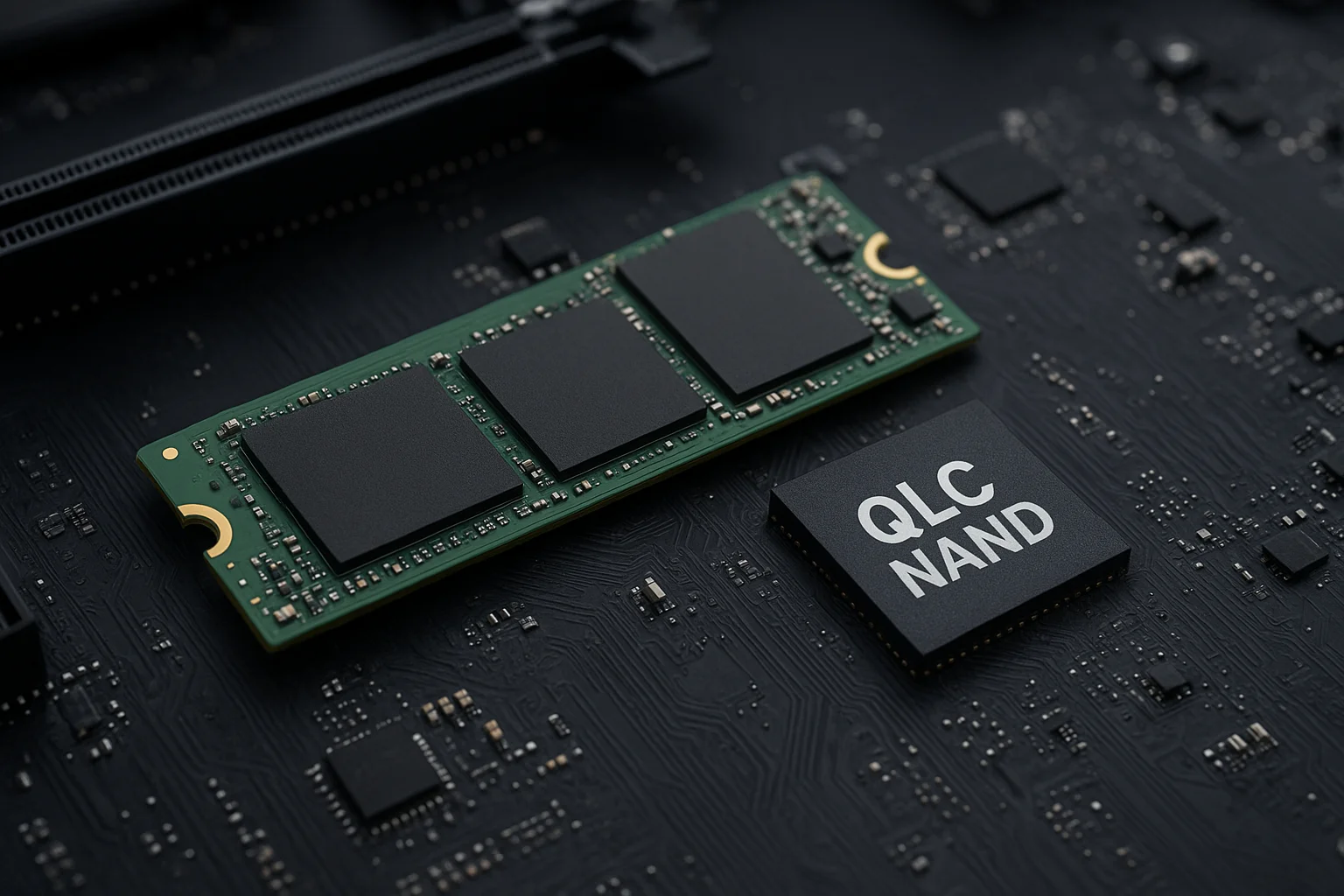Understanding Silent Storage Solutions
Silent storage solutions are designed to minimize or completely eliminate noise produced by traditional storage devices. While conventional hard drives and network-attached storage (NAS) units often rely on fans to cool internal components, silent storage achieves thermal management through alternative methods. These systems are particularly valuable in environments where noise can be disruptive, such as home offices, studios, or small businesses. By using fanless enclosures and optimized component layouts, silent storage reduces vibrations and mechanical sounds without sacrificing performance.
Benefits of Fanless Enclosures
Fanless enclosures offer several practical advantages beyond just noise reduction. The absence of moving parts like fans lowers the risk of mechanical failure, which can lead to improved reliability over time. These enclosures also require less maintenance, as there are no fans to clean or replace. For users sensitive to noise, the reduction in operational sound creates a more comfortable workspace.
Additionally, fanless enclosures often use passive cooling solutions, such as heat sinks or specialized metal casings, which distribute heat efficiently across the surface. This approach allows devices to run silently while maintaining safe operating temperatures. Many fanless models also emphasize energy efficiency, contributing to lower power consumption and reduced operational costs.
Types of Fanless Storage Devices
Fanless storage devices come in multiple forms, each tailored to different needs. The most common types include:
- External SSD Enclosures: These compact devices allow you to house high-speed solid-state drives externally. They are ideal for users who require silent, portable storage with fast data access.
- NAS Units with Passive Cooling: Some NAS devices are specifically designed to operate without fans. These units typically use large aluminum chassis to dissipate heat and are suitable for small office or home network environments.
- Desktop Fanless HDD Cases: Traditional hard drives can be installed in specialized cases that rely on metal construction and strategic airflow for cooling. These are great for users who need large-capacity storage but want minimal noise.
Key Features to Look for in Silent Storage
When evaluating silent storage solutions, certain features can significantly impact both performance and quiet operation. Key aspects to consider include:
- Material and Build Quality: Aluminum or other thermally conductive materials enhance passive cooling, reducing the need for fans.
- Drive Compatibility: Ensure the enclosure supports the drive types you plan to use, whether SSDs or HDDs, and consider maximum storage capacity.
- Thermal Design: Look for devices with optimized heat dissipation features, such as heat sinks or ventilation channels.
- Noise Reduction Features: Check for vibration dampening mounts and rubber feet, which reduce mechanical noise from spinning drives.
Tips for Reducing Noise in Traditional Storage Setups
Even if you already own a conventional storage device with fans, there are practical steps to reduce noise:
- Reposition Devices: Place storage units on soft surfaces or anti-vibration pads to minimize noise transmitted through desks or floors.
- Optimize Airflow: Ensure that vents are unobstructed and that cables do not block airflow, reducing fan workload and noise.
- Regular Maintenance: Dust buildup can increase fan speed. Cleaning fans and vents periodically can maintain quieter operation.
- Use Fan Controllers: Software or hardware fan controllers can help regulate fan speed based on temperature, minimizing unnecessary noise during light use.
- Upgrade to Quieter Fans: If your current fans are noisy, high-quality low-RPM fans can offer a noticeable reduction in sound.
Comparing Fanless vs. Active Cooling Systems
Understanding the trade-offs between fanless and active cooling systems is essential for selecting the right silent storage solution. The following table summarizes key differences:
| Feature | Fanless Enclosure | Active Cooling System |
|---|---|---|
| Noise Level | Minimal to none | Moderate to high depending on fan speed |
| Maintenance | Low (no fans to clean) | Moderate (fans require occasional cleaning) |
| Heat Dissipation | Passive, relies on thermal design | Active, efficient at high loads |
| Reliability | High (fewer moving parts) | Moderate (fan failure possible) |
| Cost | Varies, often slightly higher due to materials | Wide range, generally more options available |
Thermal Management in Fanless Enclosures
Effective thermal management is crucial for fanless storage devices. Most fanless enclosures rely on conduction, spreading heat from the drives to the enclosure itself. High-quality metal enclosures, often aluminum, help dissipate heat efficiently. Some devices incorporate additional heat sinks or ventilation channels to improve airflow without using fans. Users should always monitor drive temperatures, especially under heavy workloads, to ensure optimal performance and prevent overheating.
Best Practices for Maintaining Silent Storage
Maintaining silent storage devices is generally easier than traditional setups, but a few practices help ensure long-term reliability:
- Regular Temperature Checks: Use monitoring software to verify that the drives stay within safe operating temperatures.
- Keep Surrounding Area Clear: Avoid enclosing the device in tight spaces, which can trap heat.
- Clean External Surfaces: Dust on the exterior can reduce thermal efficiency of the enclosure, even if it has no fans.
- Ensure Proper Mounting: Make sure drives are properly secured within the enclosure to minimize vibration noise.
Case Studies: Real-World Silent Storage Setups
Many professionals have successfully implemented silent storage solutions in demanding environments. For example, home recording studios often use fanless NAS units to store large audio libraries without introducing background noise that could interfere with recordings. Similarly, software developers running multiple test servers at home benefit from fanless enclosures, which allow for extended computing without the distraction of constant fan noise. These real-world cases illustrate that silent storage is not only feasible but also enhances workflow and comfort.
Future Trends in Noise-Free Storage Solutions
The market for silent storage continues to grow, driven by advancements in SSD technology, passive cooling materials, and compact fanless designs. Future devices are expected to offer even higher capacities, faster data transfer speeds, and improved heat management without compromising quiet operation. Innovations in vibration-dampening technology and modular fanless designs are also likely to make silent storage more accessible for a broader range of users, from hobbyists to professional IT setups.






